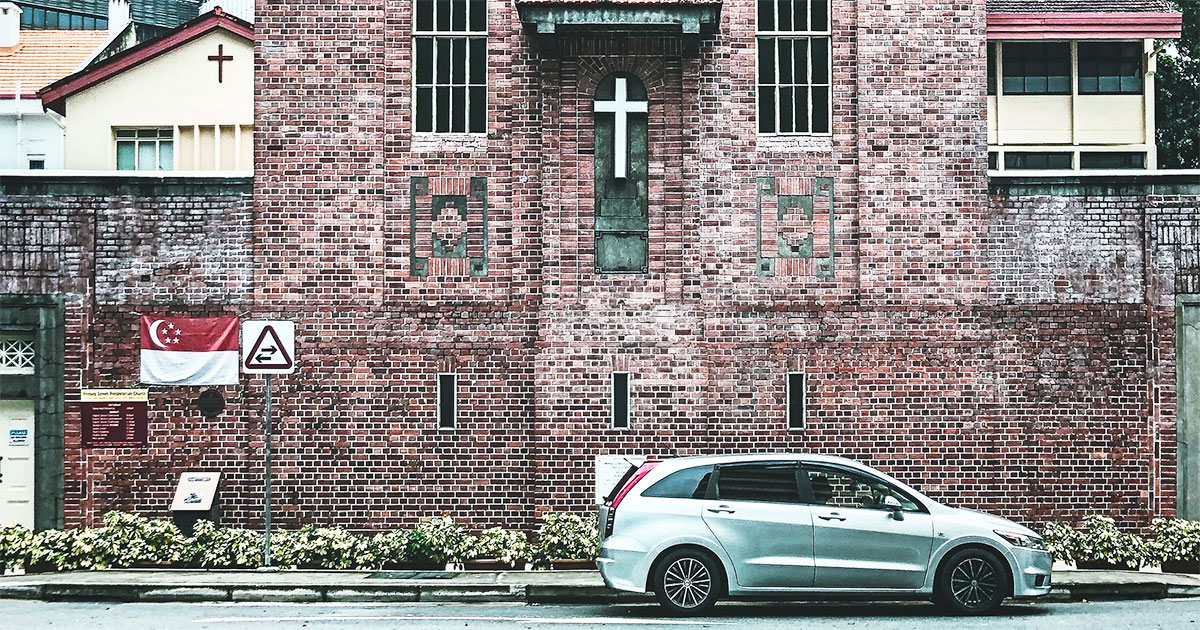A good 20 per cent of Singapore residents had no religion in 2020.
This marked a bump from the 17 per cent a decade before in 2010.
This finding was part of the 2020 census of population released by the Department of Statistics (DOS) on June 16, 2021.
The findings were for Singaporeans and permanent residents aged 15 and above.
The breakdown of those who identified with a certain religion is as follows:
Buddhists: 31.1 per cent
Christians: 18.9 per cent
Muslims: 15.6 per cent
Taoists: 8.8 per cent
Hindus: 5 per cent.
Key findings
Compared to a decade ago, there were more Christians and Muslims in 2020.
The proportion of Taoists and Buddhists fell.
The proportion of Hindus, and those who practice other religions, remained largely the same.
Breaking down the data by ethnic group, the census noted: “The Chinese had a significantly larger proportion with no religious affiliation in 2020 than the Malays and Indians.”
More people with no religion
Overall, the proportion of those with no religion in Singapore rose across all age groups.
Younger residents were more likely to have no religious affiliation compared to older residents.
In 2020, about 24 per cent of residents aged 15 to 24 said they had no religious affiliation.
This is far higher than the 15 per cent of residents aged 55 and above.
The proportion of those with no religion rose across most types of educational qualifications over the decade.
The biggest increase of 3.6 per cent was seen among those with university qualifications.
The only category that saw a smaller proportion of people without any religious affiliation was those with post-secondary qualifications.
The proportion decreased from 16.5 per cent in 2010 to 16 per cent in 2020.
No religion among ethnic groups
The census said about 26 per cent of Chinese residents had no religion in 2020.
This is compared to just 0.4 per cent of Malay residents and 2.2 per cent of Indian residents.
Among Chinese residents, the group without any religion also grew the most over the decade.
It stood at 21.8 per cent in 2010.
Despite this, Buddhists constituted 40.4 per cent among the Chinese, and remained the largest religious group.
But it is slightly lower than 43 per cent in 2010.
The proportion of Taoists also fell to 11.6 per cent in 2020.
It was at 14.4 per cent in 2010.
Religions within age groups
The census found that a larger proportion of older residents were Buddhists or Taoists, compared to younger residents.
The converse holds true for Muslims, where a larger proportion of younger residents reported themselves as Muslims, compared to older residents.
The proportion of Christians was relatively similar across all age groups.
Religion among Malays and Indians
The 2020 census found that 98.8 per cent of Malay residents were Muslims, which was relatively unchanged from the 98.7 per cent in 2010.
Those with no religion made up 0.4 per cent in 2020, higher than the 0.2 per cent in 2010.
Among the Indian ethnic group, Hinduism accounted for 57.3 per cent of responses in 2020, slightly less than the 58.9 per cent recorded in 2010.
Some 23.4 per cent among the Indian ethnic group are adherents of Islam, which is an increase compared to the 21.7 per cent recorded in 2010.
In the same period, the proportion of Christians shrank slightly from 12.8 per cent to 12.6 per cent.
Those who identify with other religions, such as Sikhism, fell from 5.4 per cent to 4.6 per cent.
About the 2020 census
The census is conducted every 10 years to collect demographic, social and economic data, among others.
It surveyed 150,000 households in 2020.
The census is Singapore’s largest national statistical exercise.
Top photo via Unsplash
If you like what you read, follow us on Facebook, Instagram, Twitter and Telegram to get the latest updates.
